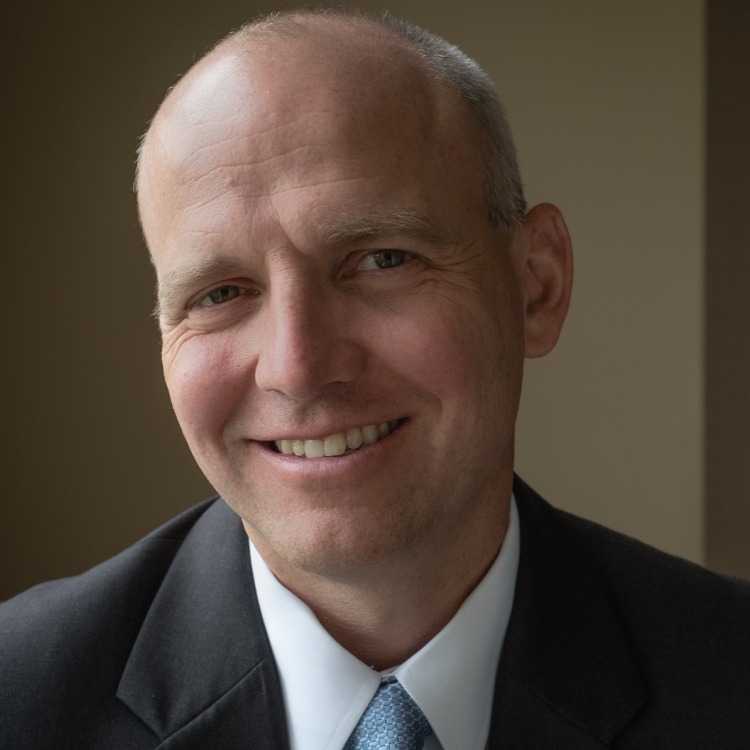
As the power of technology grows at a dizzying pace, so does our ability to track, measure, and analyze nearly everything about our lives. Our watches can now track our steps, heart rate, and calorie intake. Runners wear chip timers in long-distance races. Amazon sends us text messages with up-to-the-minute delivery alerts. We could go on.
Naturally, this phenomenon has spread into the realm of personal finance. We now have access to instantaneous market trends, daily emails (or texts, tweets, etc.) with portfolio updates, and high-level statistical analysis from sophisticated software programs. One of the objectives of these tools is to optimize returns, or more specifically, to maximize Return on Investment (ROI).
However, we believe there is another type of return even more important than ROI. This method of return measurement should be considered in addition to the black-and-white, empirical ROI. We call it Return on Sleep (ROS). ROS is a non-numerical “gut feeling,” a peace of mind that comes when a financial solution has been customized for your personal situation, taking into account all the things computers and calculators cannot. Importantly, a higher-ROS outcome doesn’t always match the highest-ROI decision. That’s because ROS can’t be measured with spreadsheets, high-level analytics, or data-mining. This is especially difficult for the “numbers people” among us.
Higher ROS comes as a result of in depth discussions about the alternatives, thoughtfully weighed over time. It considers all the factors, including those that can’t be measured, before arriving at the best decision in a particular personal situation. Today’s high-speed computers and sophisticated software programs sometimes distract us from this type of patient, in-depth consideration of subjective factors.
A few examples should help illustrate:
Should we pay off the mortgage?
This is the most common ROI vs. ROS scenario we encounter. ROI analysis usually leads to the conclusion to NOT pay off the mortgage, and instead to leave the funds invested where they can earn a return higher than the mortgage rate. However, this ROI calculation ignores the sense of security and reassurance some people have from owning their home debt-free. In our analysis and discussion about this tradeoff, we present the current facts along with projections. We even explain that sometimes you can have a higher ROS by NOT paying off the mortgage. But some people just don’t sleep well with a mortgage. For those clients we strike a balance and devise a strategy that optimizes their ROI in the context of their need for ROS. In some cases people are willing to sacrifice investment gains in order to use those funds to pay off the mortgage – a clear indication that they values ROS more than ROI.
How aggressive should our investments be?
This issue is a little tougher, especially since we haven’t had a significant market downturn since 2009. As most people know, stocks have generated higher ROI than bonds over the long term. However, that higher ROI comes at a price: higher, sometimes stomach-churning short-term volatility, resulting in lower ROS. Much like the mortgage payoff decision, our role is to present the facts and coach clients NOT to react impulsively to market downturns. For some, the discussions and analysis leads to the conclusion that higher ROS at the expense of lower ROI may be the best decision for them. If that’s the case, we then integrate those assumptions into the broader wealth plan. In other words, our approach incorporates not just returns, but the optimal risk-adjusted returns.
How much life insurance do we need?
Even though we don’t sell life insurance, we often discuss this topic with clients (if needed, we bring in a licensed provider to consult and offer policy quotes). Our discussions sometimes reveal that people are open to paying additional premiums for death benefit coverage that may not be technically necessary. In these cases clients could save money in the form of lower premiums by not purchasing or renewing a life insurance policy they don’t need. However, if the client’s desire for ROS outweighs the desire for ROI gains from paying lower premiums, they may decide it’s worth paying those premiums. For those clients, losing sleep is not worth the money they would have saved by avoiding premiums.
Should We Collect Social Security Now, or Wait?
Many Americans know that even if they have reached full retirement age as defined by the Social Security Administration (SSA), they can wait until age 70 to begin collecting benefits. This allows the annual benefit to grow 8% per year, resulting at age 70 in a benefit 32% higher than at full retirement age. An ROI calculation often leads to the conclusion that this is an optimal decision (particularly if you assume a longer life span). However, recent news that the SSA will need to start dipping into the $3 trillion trust fund three years earlier than last year’s projection has increased the angst about this decision. Allowing the “government-guaranteed” 8% return to accrue can lead to a higher ROS for some. But for others, the ROS from receiving a monthly benefit sooner (and relying less on portfolio withdrawals) outweighs the potentially higher ROI of waiting.
Bottom Line:
These are just a few examples of how we work with clients to balance ROI and ROS. Sometimes the ROI is so compelling that it outweighs the ROS, but often we find the opposite is true. If someone’s ROS outweighs the ROI, we work together to incorporate these decisions and adjust the plan as needed.
Cold, hard numbers alone don’t capture the full reality of our real-world financial lives. If our financial lives are technically optimized, but we lay awake at night staring at the ceiling fan worried about the “what-ifs,” then our ROS is close to zero. For most people, the right balance can’t be captured in a spreadsheet or a one-size-fits-all strategy offered up in a financial magazine. The peace of mind we deliver to clients is the product of both the numbers as well as a good old-fashioned face-to-face conversation. In short, we are drawing a clear distinction between the science of finance and the art of wealth management.
Find more practical advice on a wide variety of wealth management topics by exploring our JIC Blog: Beyond the Numbers library.
Published 08/09/2018
